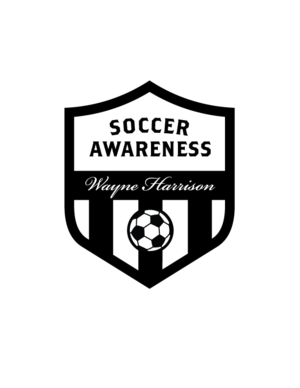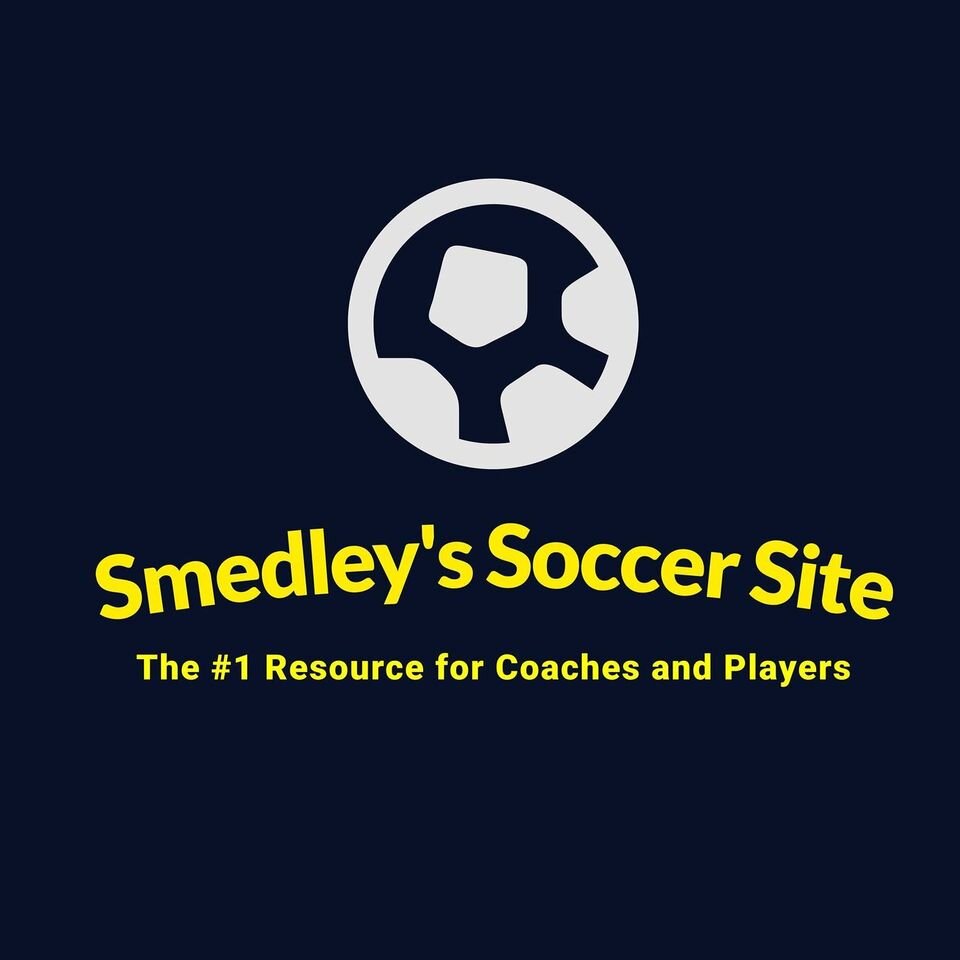Coaching the Right System
/When I joined San Diego Surf SC, I knew that this was a club with a reputation and history of success, and there was the great potential to build on that. One thing that great international youth academies like Barcelona and Ajax have in common is a standard system of play throughout their teams. This is one of our goals at Surf – to bring a standard system to the club.
We will use the 4-2-3-1 system of play, the most popular system at professional level throughout the world now. This system, which was used by Spain to win the 2008 and 2012 European Championships and the 2010 FIFA World Cup, is a fluid, attack-minded system also used by Arsenal, Real Madrid, Inter Milan and many others. With this in mind, we will also teach the players alternate systems of play to suit particular moments in game, all developing from the 4-2-3-1.
The first step in establishing this is showing the coaches what needs to be done to make this successful. To that end, we have introduced a Coach Education program at Surf, with the objective of establishing a standard methodology of playing throughout all the teams. This is also a U.S. Soccer Federation requirement now.
Everywhere I have coached at the youth level I have done the same.
With Blackpool Professional Football Club in England as their Academy Director we had regular coaching education Clinics with the coaches in the late 1990s. When I came to the USA in 2000 I was the Director of Coaching at Eden Prairie Soccer Club in Minnesota, and over my nine years in charge I did 117 coach education clinics for the 130 coaches I had to teach there. I documented every session and created diagrams and information that the coaches could take away and review and then practice with their teams.
We all played a 4-3-1-2 system of play there then. I immediately put in place a flat-back four system of play, which no teams were doing at that time in the club. I believe we were the first club in Minnesota to do so, and this proved very successful over the years. It eventually proved very popular with our coaches, despite some minor early resistance, because everyone understood the value of it.
I then moved to the United Arab Emirates with the Al Ain Football Club, THE most famous professional club in the whole of the Middle East. The Manchester United of the Middle East, one might say. There, as the Youth Academy Director, I introduced the 4-2-3-1 to all the teams.
Marco Monte on Wayne Harrison’s Work at Al Ain:
“The Al Ain club fully represents the model and the philosophy of junior soccer and can become a beacon for the other Abu Dhabi clubs. The club’s current status with respect to ‘Technical Affairs’ can be stated as the one closest to the standards of the best Professional European clubs. The consultant has noticed that the club management has decided to invest the time and resources required to create an important group of coaches. They are well managed and organized by an excellent Director of Coaching (Wayne Harrison), whose objective is to improve work on the pitch as well as to help the boys grow and develop without the anxiety of achieving results. "
All my coaches were Arabic, mainly ex-professional players, and quite a number were ex-internationals for their countries and so were very experienced individuals. They were from many countries, including the UAE, Sudan, Morocco, Egypt, Iraq, Iran, Tunisia, Algeria, and so I thought I would be in for a real challenge to establish a new program.
As it turned out the coaches were incredibly supportive of the changes and embraced my work; it was an incredible time there for me. Not only did they learn from me, I learned a lot from them, too. I will be eternally grateful for the experiences I had.
In short, the Arabic way of playing is very individual. They are fantastic individuals, but their team play needed a lot of development and improvement, and that was my key area of work. The coaches played that way themselves when they were players, so their training mirrored that style.
One-touch training to train the Mind and improve the Thinking Processes was not a part of their training. I brought in many new ideas on how to get the players to think more quickly, play more quickly and play in a different way, without losing that magical ability to beat players 1v1 which they had in abundance.
To this we added improved team shape development and a better team play mentality in the players’ mindsets. Because of all this, we played very differently than most of the other professional academies we played against. In two years we won seven National Professional Youth Championships and were the most successful academy in the UAE.
From U8 to U12 our focus was purely development, but from the developmental training we were able to have great winning percentages without losing the focus on development. If teams lost games, my focus was on how they played and not that they lost. That relaxed the coaches and put less pressure on them. I believe this produced better training and less anxiety that could be passed onto the players, so they were more relaxed themselves. It made for better development all around.
What we did at Al Ain clearly succeeded in improving the club. The Abu Dhabi Sports Council (ADSC) voted Al Ain the top Academy in the Emirate, based on the achievement of key performance indicators. At the time, Marco Monte, an ADSC consultant from Inter Milan, stated that the Al Ain club “fully represents the model and the philosophy of junior soccer and can become a beacon for the other Abu Dhabi clubs. The club’s current status with respect to ‘Technical Affairs’ can be stated as the one closest to the standards of the best Professional European clubs.”
Monte went on to write:
“The consultant has noticed that the club management has decided to invest the time and resources required to creae an important group of coaches. They are well managed and organized by an excellent Director of Coaching (Wayne Harrison), whose objective is to improve work on the pitch as well as to help the boys grow and develop without the anxiety of achieving results.”
In all, I did 27 Coaching Clinics with the coaches at Al Ain. We had 42 full-time coaching staff at youth level, which meant the coaches were the demonstrators in the clinics themselves; it was a very successful formula for coach education.
As at Eden Prarie, I gave them all the session plans to go with the training, and I got it all translated into Arabic for them. From all this information I created a book – Coaching the 4-2-3-1 – and an Arabic book version too. This book, and others devoted to the 4-2-3-1 system, provides detailed insights into both coaching and playing.
Over the years I have done many presentations on the field at various Symposiums around the country for State Organizations and in the UAE. I have also presented three times now for the National Soccer Coaches Association of America (NSCAA) Annual Convention, most recently in January in Indianapolis.
I have a long history of working this way to educate coaches and have had positive results in youth soccer through it. Director of Coaching Colin Chesters and Club President Jeremy McDonald have made it clear to me that this is one of the most important parts of my job at Surf. It is a very exciting time.
We have done one clinic already on how the 4-2-3-1 works, but it will take time to embed this in all the teams. In some instances I expect the short term will see one step back before taking three steps forward until we fully establish it. In the long run, I have complete confidence that the excellent coaches we have at Surf will make it a great success, continuing and expanding on the previous successes everyone has had.
Next month we begin an Eight Clinic Coaching Program for the coaches to attend, with one clinic a week using various Surf youth teams as the demonstrators. In this way the teams themselves get training out of it as well.
For those interested in the content of the clinics, this is what we will be doing in short. All are based around important training we need to teach the players. Some are more pertinent to particular age groups, but all should be attended by everyone.
1. Using the Ten themes of Development for 4-2-3-1 and 4-3-3 and the Five Phases of Development
Examples:
- Keep Possession
- Develop Play from the back
- Attacking Fullbacks using Width in Attack
- Forming triangles and diamonds of support all over the field
2. Back Four Defending:
- One / two Word Commands to aid Team Organization
- When to drop; when to hold; when to press using various formats
- Defending with the ball in front of the back four
- Defending with the ball behind the back four and making adjustments based on the position of ball and the opponents
3. Awareness One- and Two-Touch Training: Developing Peripheral Vision. Various sessions on this to establish the psychological advanced thinking players need to develop as early as possible
4. Transition: Target and Possession Games: for everyday training using Conditions to set the various themes
5. Functional Training Sessions: (Various) in specific parts of the field; then one example of taking a Function into a Phase of Play
Examples are: Center backs defending; Full backs defending; Strikers defending; Full backs attacking; Central Strikers attacking
6. Teaching Striker Movement: How to get into a “sideways on / or facing forward” position for the striker
Includes the three main “very simple but effective” movements a striker should know
7. Quick and Imaginative Play in and Around the Penalty Area in a Function then Phase of play
8. Counter Attacking and Quick Break: building up to an 11 v 11











